Washington state’s ancient volcanic activity created perfect conditions for gemstone formations. While most people think diamonds are only found in Africa or Arkansas, our state has its own hidden treasures.
After years of researching and talking to local prospectors, we’ve found some really promising spots where you might get lucky finding diamonds. Trust me, it’s better than randomly searching everywhere and wasting your weekends.
We’ve put together this list of the best diamond hunting locations in Washington. No more guessing – just grab your gear and head to these places.
How Diamond Forms Here
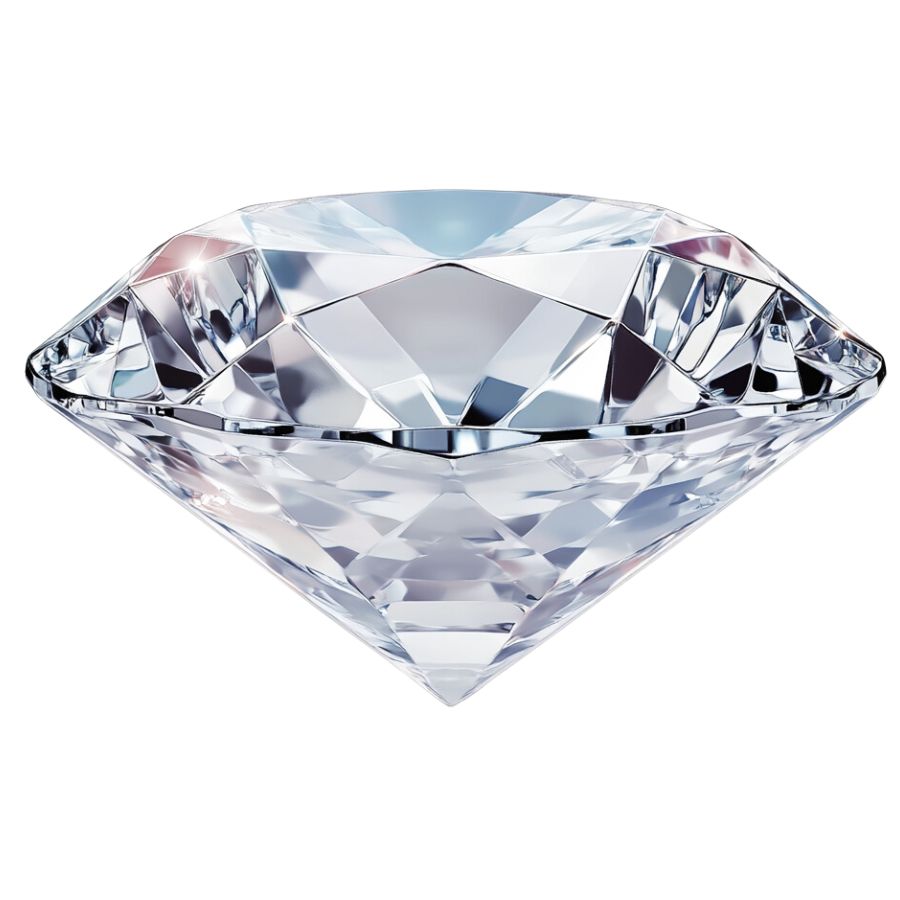
Diamonds form deep within the Earth, about 90 to 200 kilometers below the surface, where conditions are extreme.
Here, carbon atoms are subjected to intense heat—around 900 to 1,300 degrees Celsius—and immense pressure, about 45 to 60 kilobars. This environment causes the carbon to crystallize into diamond structures over millions to billions of years.
Over time, erosion and weathering expose these stones, making them accessible for mining.
What’s amazing is that each diamond’s journey from deep within the Earth makes it unique, with its own shape, size, and clarity.
The Types of Diamond
Diamonds are classified into various types based on their structure and color. Here are some of the popular types of diamond:
Black Diamond
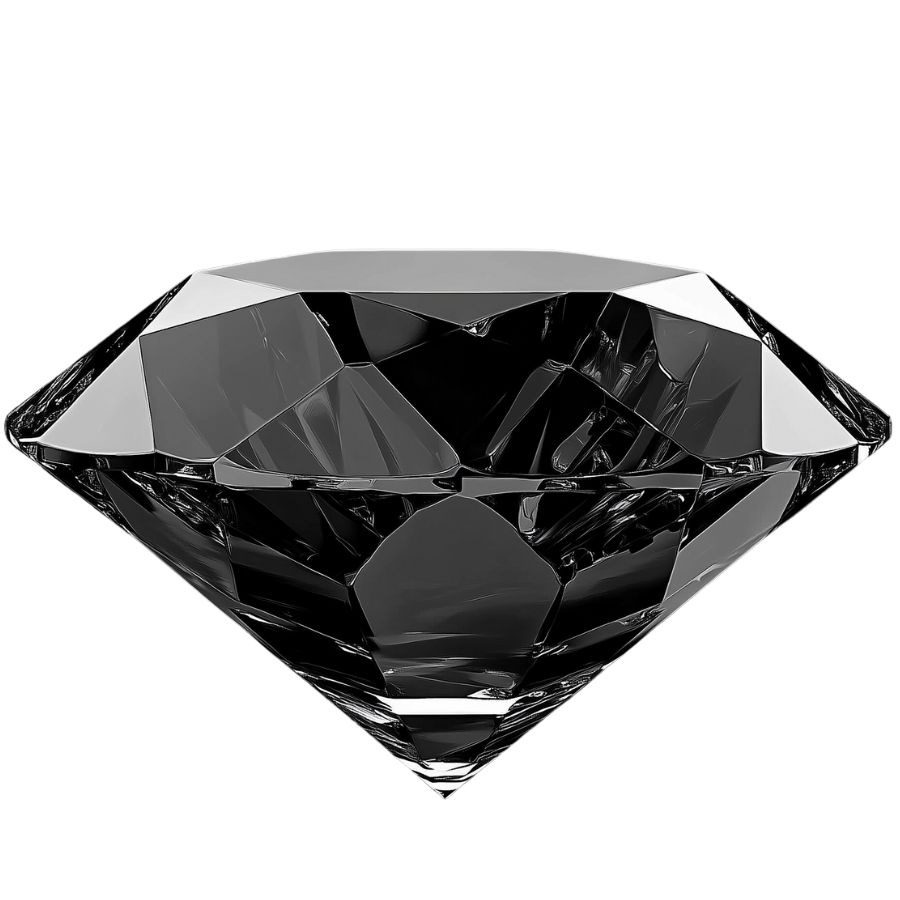
Black diamonds, also known as carbonados, are truly one-of-a-kind. Unlike their clear cousins, these stones are opaque and have a matte finish.
They don’t sparkle in the traditional sense but have a unique, mysterious charm all their own.
What makes black diamonds special is their age and formation. Most are believed to be 2.6 to 3.2 billion years old, making them some of the oldest gemstones on Earth.
Their dark color comes from numerous inclusions and the presence of graphite or other minerals.
Recently, a massive black diamond called “The Enigma” made headlines. Weighing 555.55 carats, it showcases the growing interest in these unusual stones.
Yellow Diamond
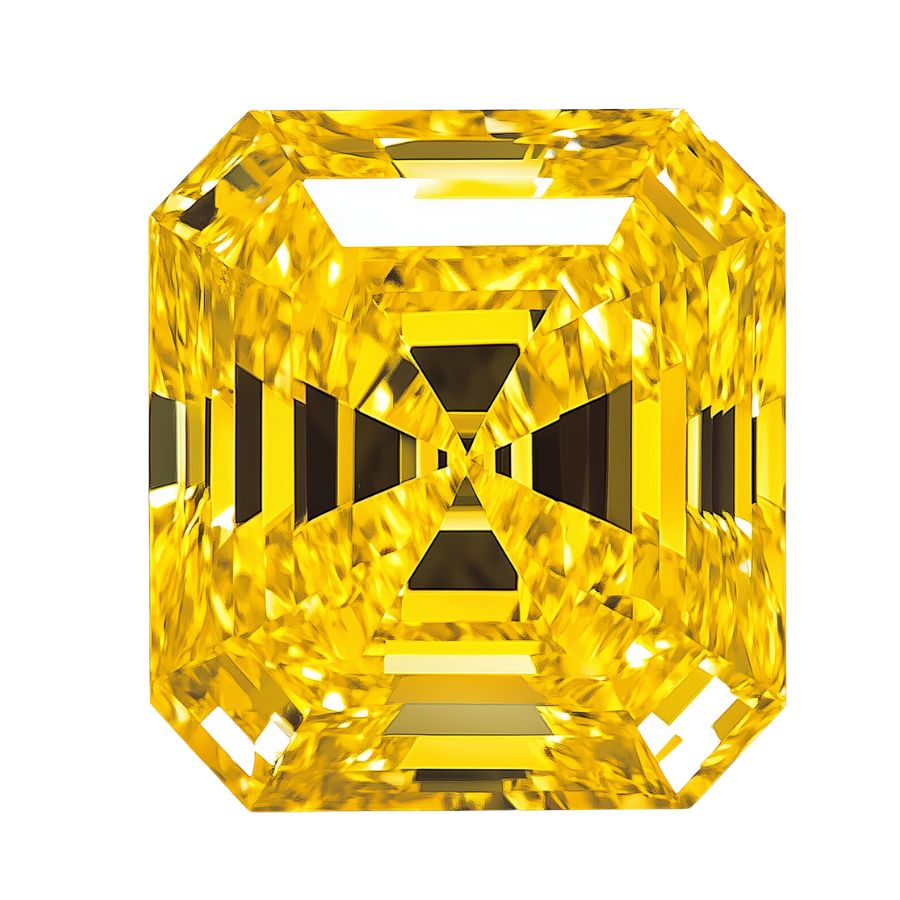
Yellow diamonds shine with a vibrant, sunny hue. Their color ranges from light yellow to deep, intense shades.
This beautiful color comes from nitrogen atoms in the diamond’s structure. These atoms absorb blue light and reflect yellow, giving the stone its unique appearance.
Unlike clear diamonds, yellow diamonds are graded based on their color intensity. The deeper and richer the yellow, the more valuable the stone. This grading system is different from the one used for colorless diamonds.
Blue Diamond
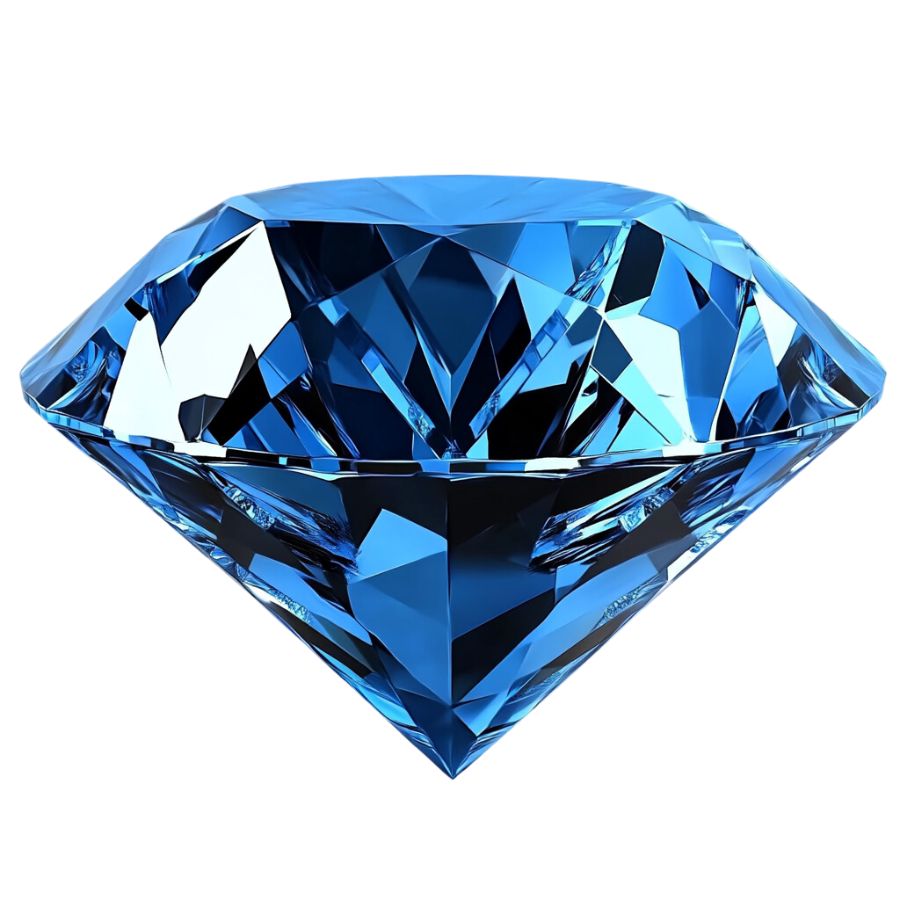
The color of the blue diamond can range from a soft, icy blue to a deep, vivid shade. This striking blue comes from boron in the diamond’s crystal structure. It’s a rare occurrence in nature, making these diamonds very uncommon.
One cool thing about blue diamonds is how they react to ultraviolet light. Many of them show a unique glow called fluorescence. This can make their color even more impressive under certain lighting.
Blue diamonds have some famous examples. The Hope Diamond is probably the most well-known. It’s known for being the largest diamond weighing 45.52 carats. It’s current value is estimated to be US$200–350 million.
Red Diamond
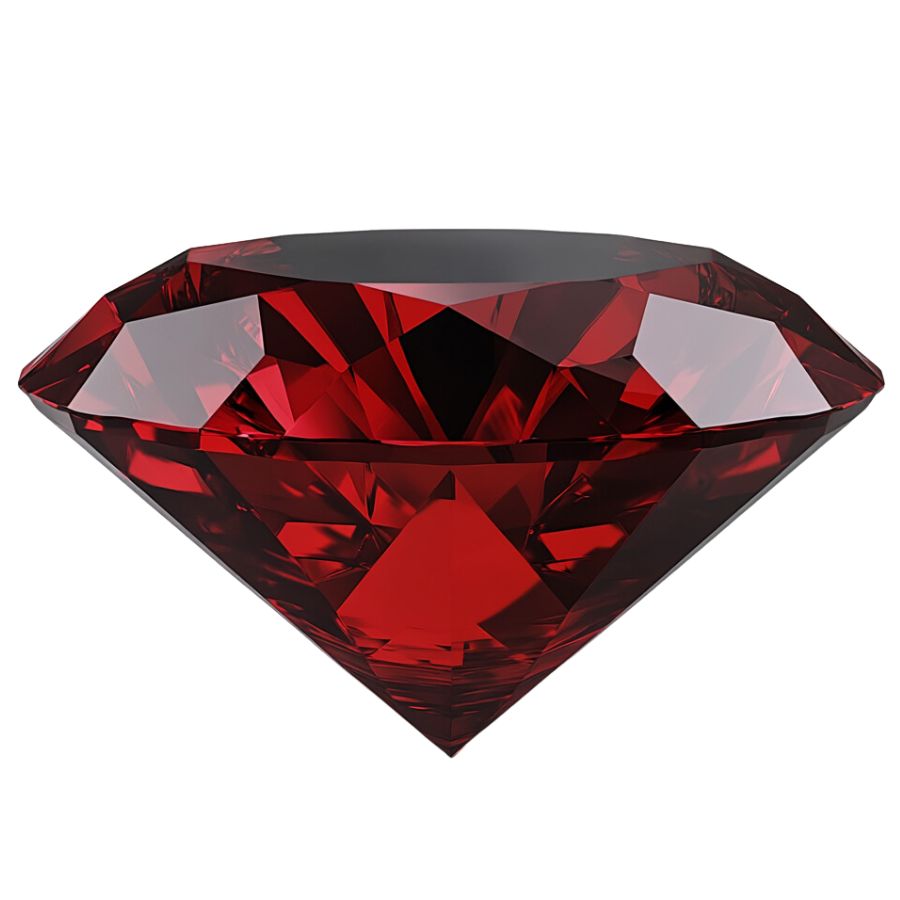
Red diamonds are incredibly rare and highly prized. Their distinct red color comes from structural imperfections in the diamond’s crystal lattice, not from chemical impurities like other colored diamonds.
These diamonds are so rare that very few have ever been found. Each discovery of a red diamond is a significant event in the gemstone world.
Their rarity makes them even more valuable than pink or blue diamonds, which are already considered extremely precious.
Some famous red diamonds have captured public attention. The Moussaieff Red from Brazil and the Kazanjian Red Diamond from South Africa are notable examples.
In 1987, a red diamond (Hancock Diamond) sold at auction for a record-setting $927,000, highlighting the extraordinary value placed on these rare gems.
Pink Diamond
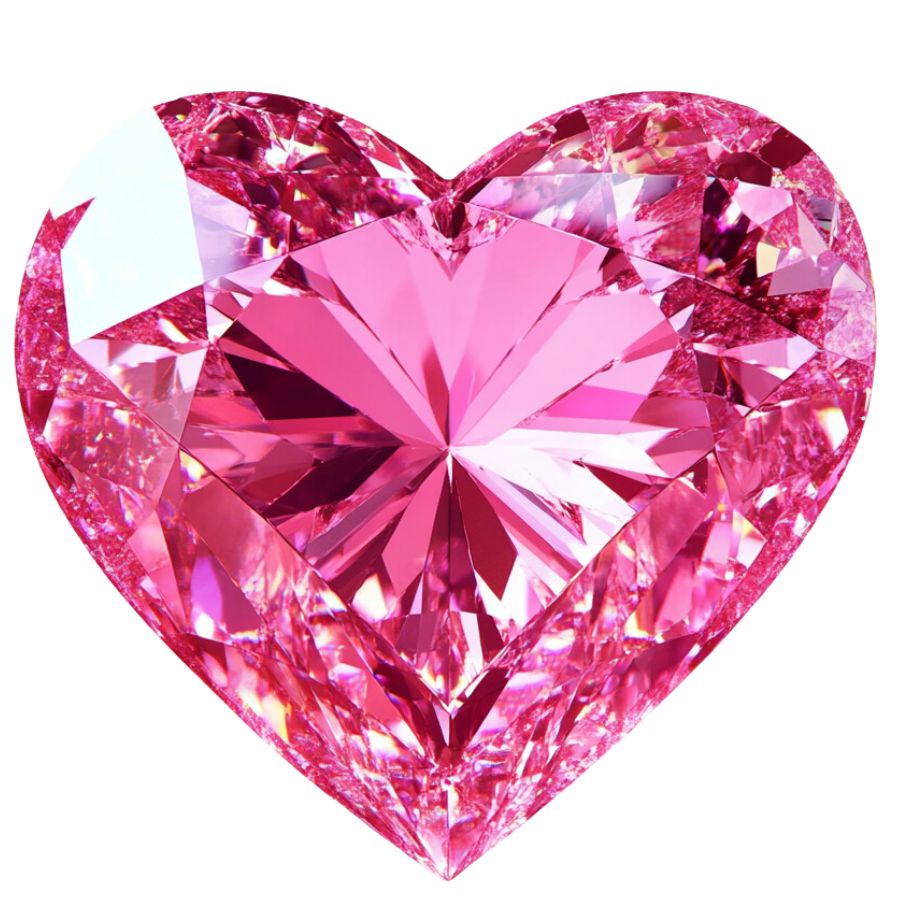
Pink diamond’s color can be a soft, delicate pink or a deep, vivid rose. What’s interesting is that scientists aren’t entirely sure why they’re pink. It’s thought to be due to a twist in their crystal structure, not because of any specific element.
These diamonds are incredibly scarce. For every million carats of rough diamonds mined, only one carat might be a pink diamond. This rarity makes them highly prized by collectors and jewelers.
Even small pink diamonds can be worth a lot because of their rarity. They’re often used in high-end jewelry, where their unique color makes a big impact.
Green Diamond
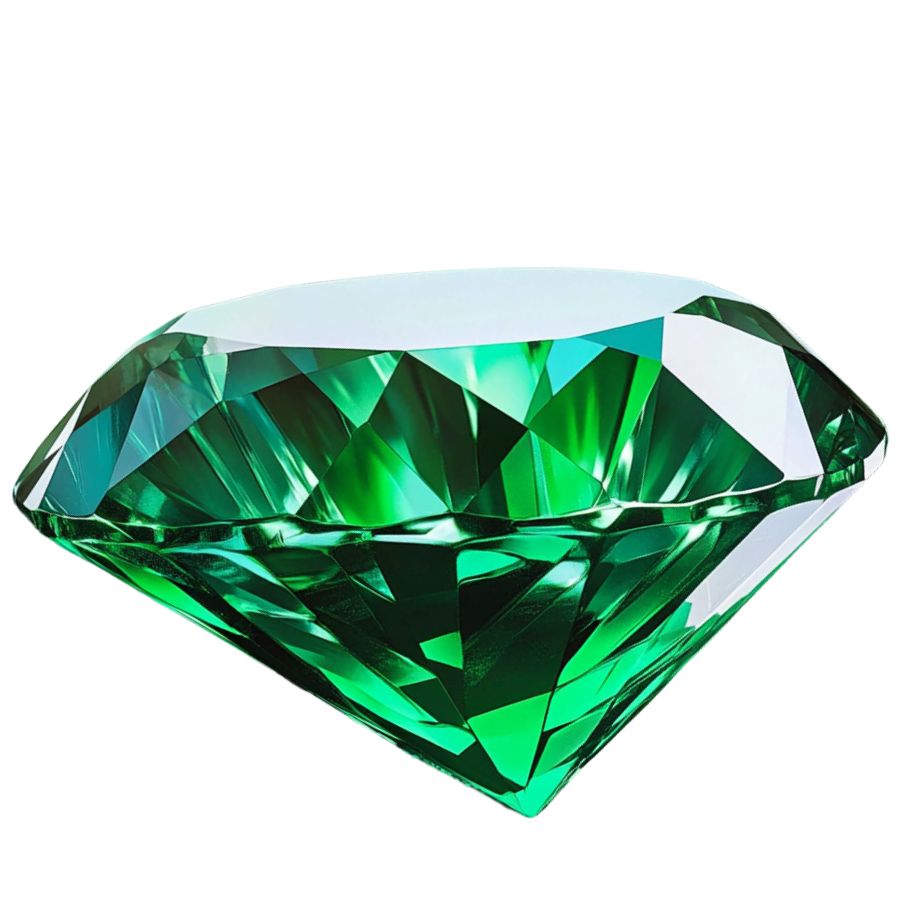
Green diamonds are some of the most unusual and unique colored diamonds. Their color can range from a light mint to a deep forest green
What makes them special is how they get their color. It’s not from a chemical element, but from exposure to natural radiation over millions of years.
This natural coloring process is incredible. It happens when diamonds are near radioactive rocks deep in the earth. The radiation changes the diamond’s crystal structure, creating the green color.
Green diamonds often show unique light effects. Some might have a strong glow under certain lights, adding to their allure.
What Rough Diamonds Look Like
Rough diamonds can be challenging to identify. Below are a few proven techniques that will make it easier for you to identify the rough diamond.
But real quick before we get into the specifics:
If you want REAL results finding incredible rocks and minerals you need one of these 👇👇👇
Finding the coolest rocks in isn’t luck, it's knowing what to look for. Thousands of your fellow rock hunters are already carrying Rock Chasing field guides. Maybe it's time you joined the community.
Lightweight, mud-proof, and packed with clear photos, it’s become the go-to tool for anyone interested discovering what’s hidden under our red dirt and what they've already found.
Join them, and make your next rockhounding trip actually pay off.
What makes it different:
- 📍 Find and identify 140 incredible crystals, rocks, gemstones, minerals, and geodes across the USA
- 🚙 Field-tested across America's rivers, ranchlands, mountains, and roadcuts
- 📘 Heavy duty laminated pages resist dust, sweat, and water
- 🧠 Zero fluff — just clear visuals and straight-to-the-point info
- ⭐ Rated 4.8★ by real collectors who actually use it in the field
Check for a Glassy or Waxy Luster
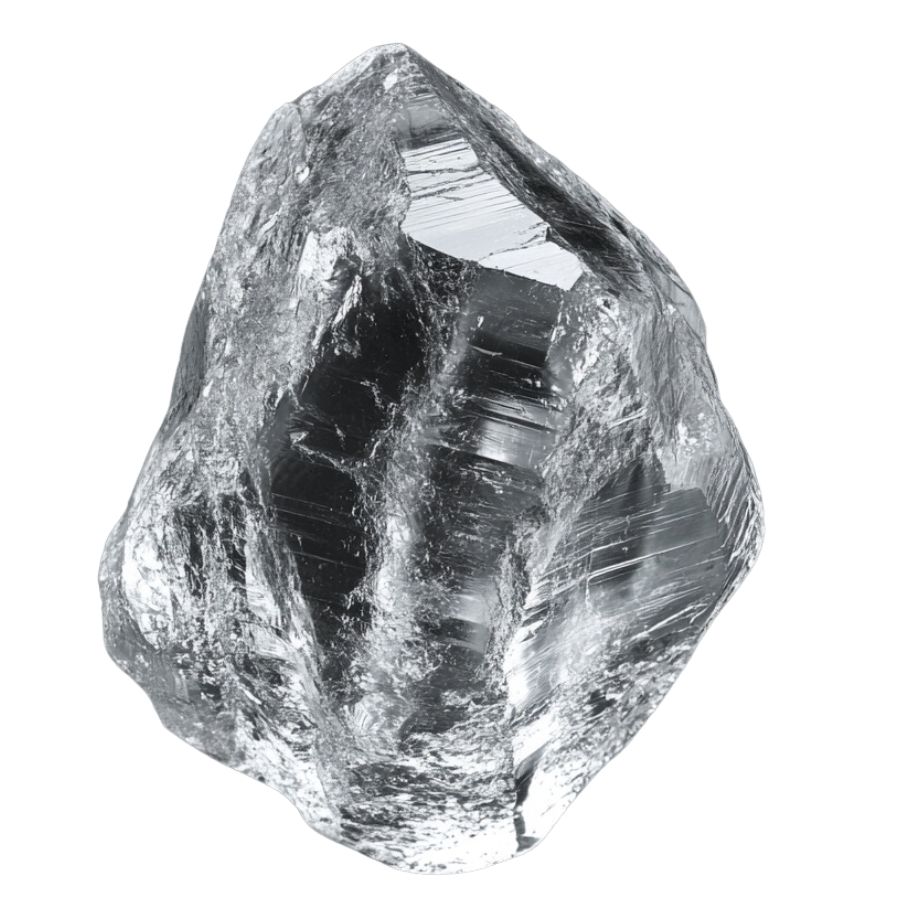
One of the most noticeable features of a rough diamond is its luster. Uncut diamonds often have a glassy or waxy appearance.
This is because the rough surface scatters light differently than a smooth, cut surface.
Look for an Octahedral Shape
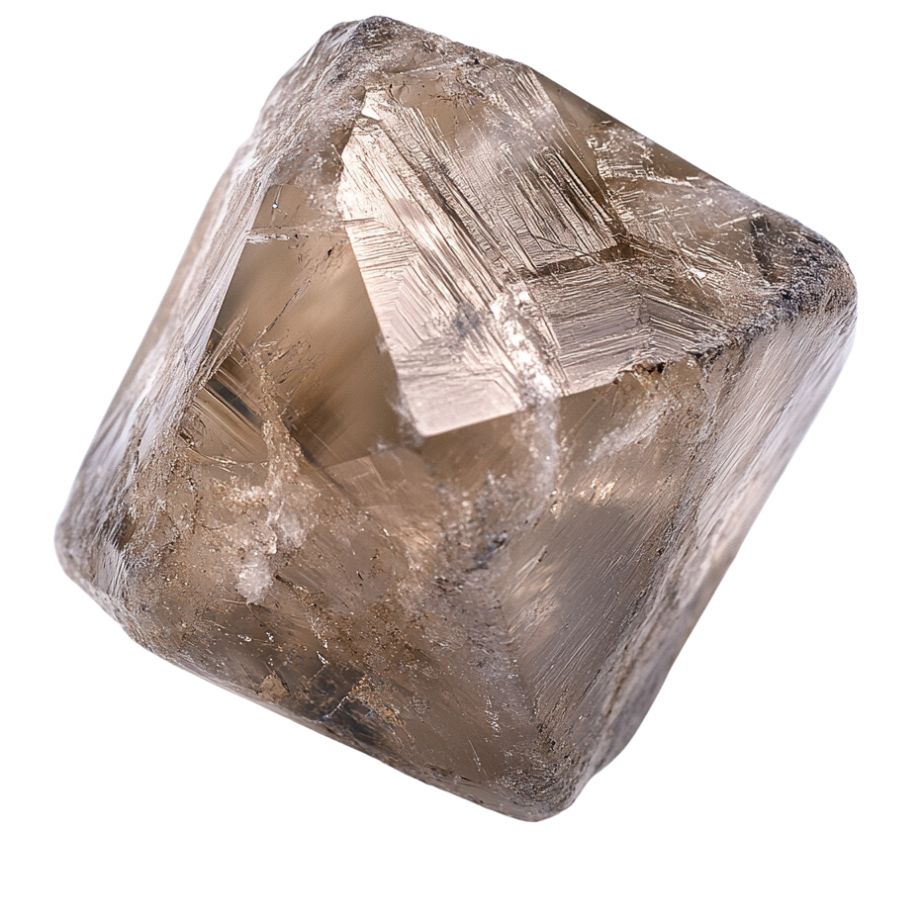
Rough diamonds typically take on an octahedral shape, which resembles two pyramids joined at the base. This shape is a result of the diamond’s cubic crystal structure.
However, not all rough diamonds will have a perfect octahedral form, as they can be distorted or irregular due to natural forces during formation.
Assess the Density and Weight
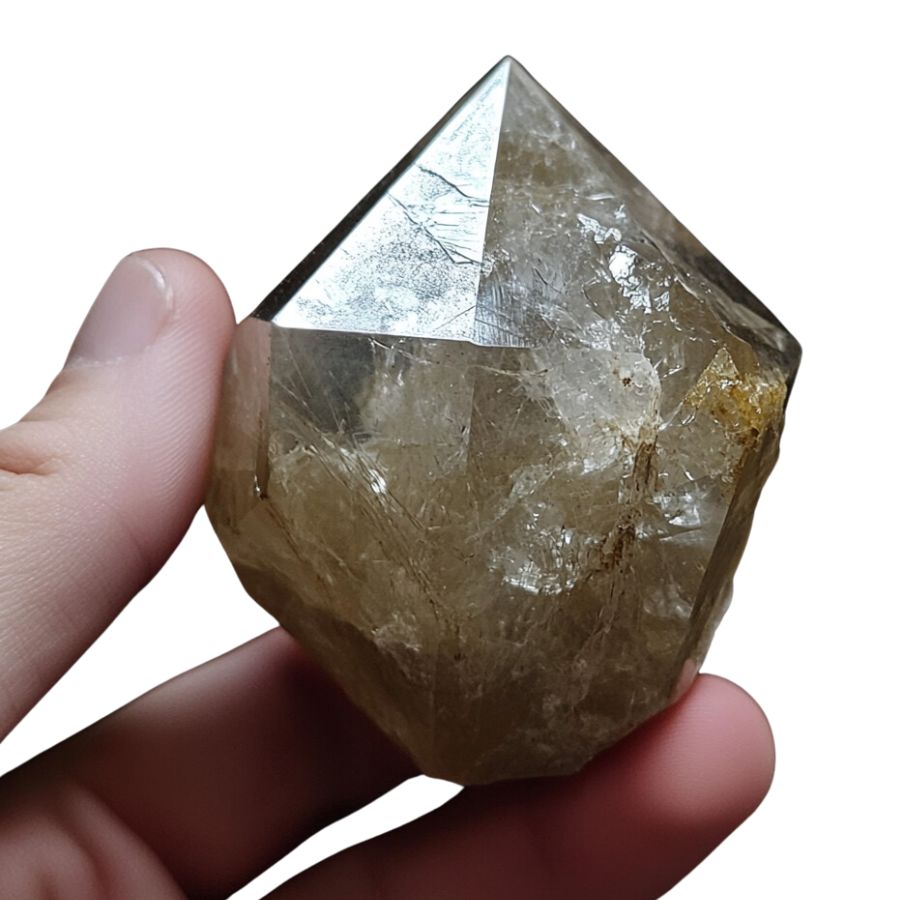
Diamonds are known for their density and weight. A rough diamond will feel heavy for its size compared to other stones.
You can test this by holding the stone in your hand and comparing it to a known non-diamond.
Look for a Crystalline Texture
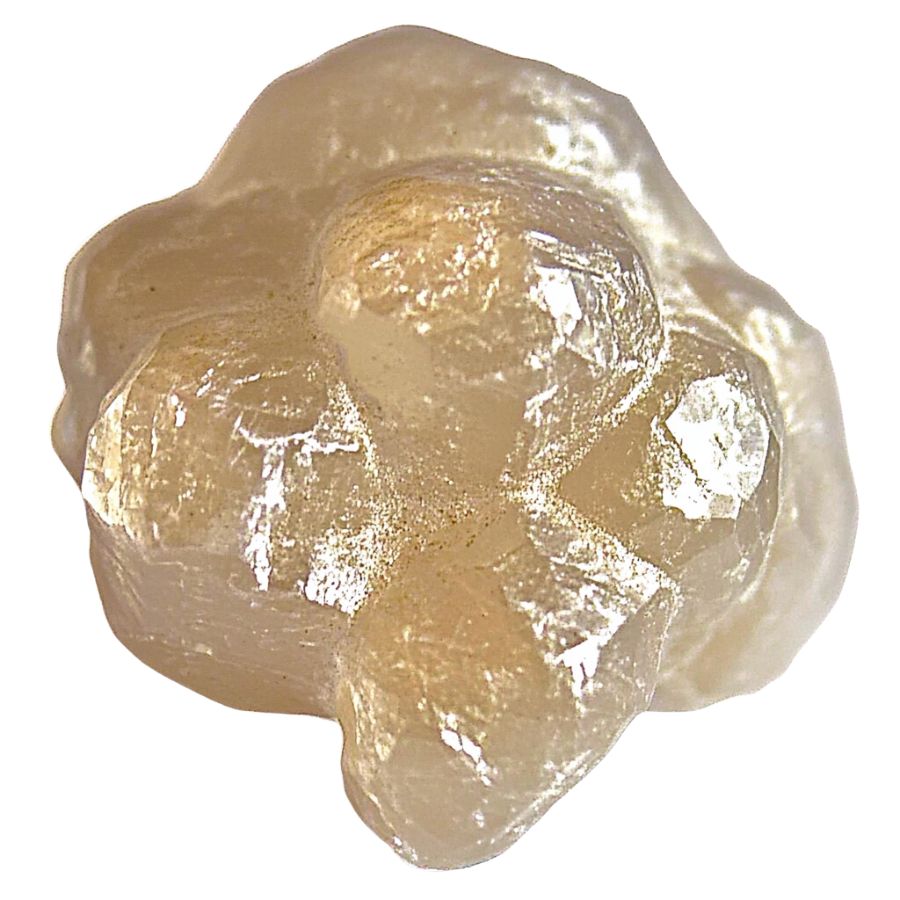
When examining a rough diamond, you may notice a distinct crystalline texture on its surface.
This is due to the diamond’s atomic structure and can help distinguish it from other minerals or synthetic stones.
A Quick Request About Collecting
Always Confirm Access and Collection Rules!
Before heading out to any of the locations on our list you need to confirm access requirements and collection rules for both public and private locations directly with the location. We haven’t personally verified every location and the access requirements and collection rules often change without notice.
Many of the locations we mention will not allow collecting but are still great places for those who love to find beautiful rocks and minerals in the wild without keeping them. We also can’t guarantee you will find anything in these locations since they are constantly changing.
Always get updated information directly from the source ahead of time to ensure responsible rockhounding. If you want even more current options it’s always a good idea to contact local rock and mineral clubs and groups
Tips on where to look
Once you get to the places we have listed below there are some things you should keep in mind when you’re searching:
Look in Sedimentary Rocks
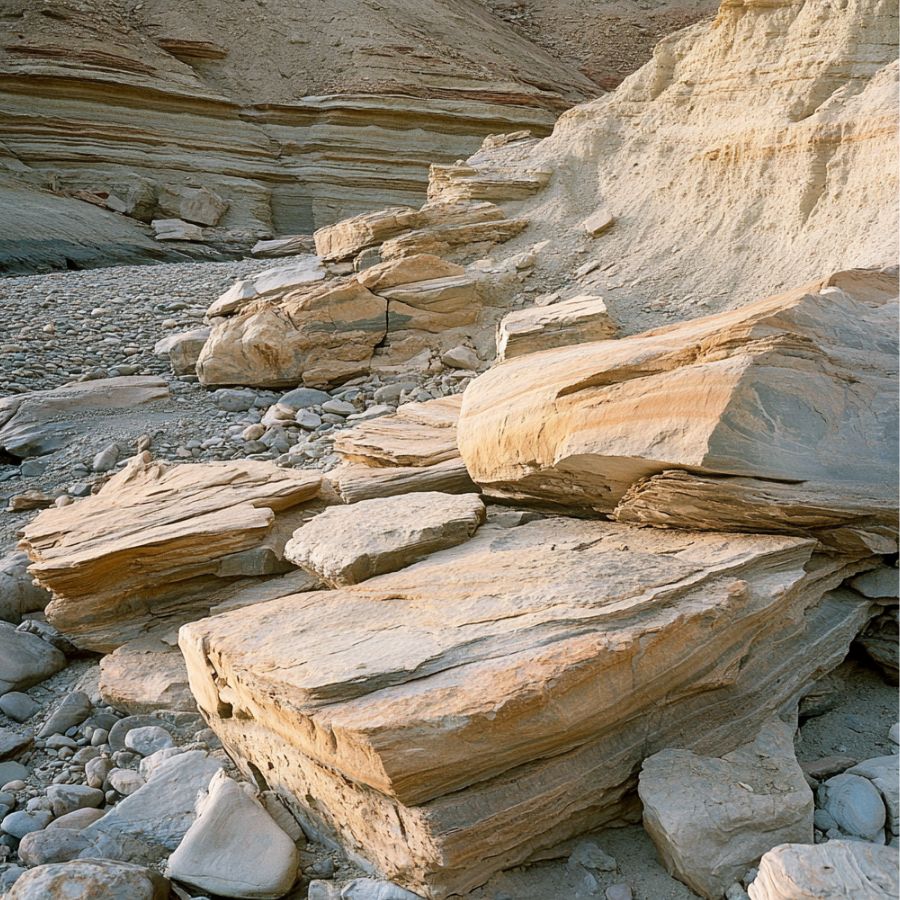
Sedimentary rocks are a great place to start. These rocks form from layers of materials that have settled over time.
Diamonds can be found in these layers. Look for areas where the rock has been worn down or eroded. This is where diamonds might be exposed.
Explore Riverbeds
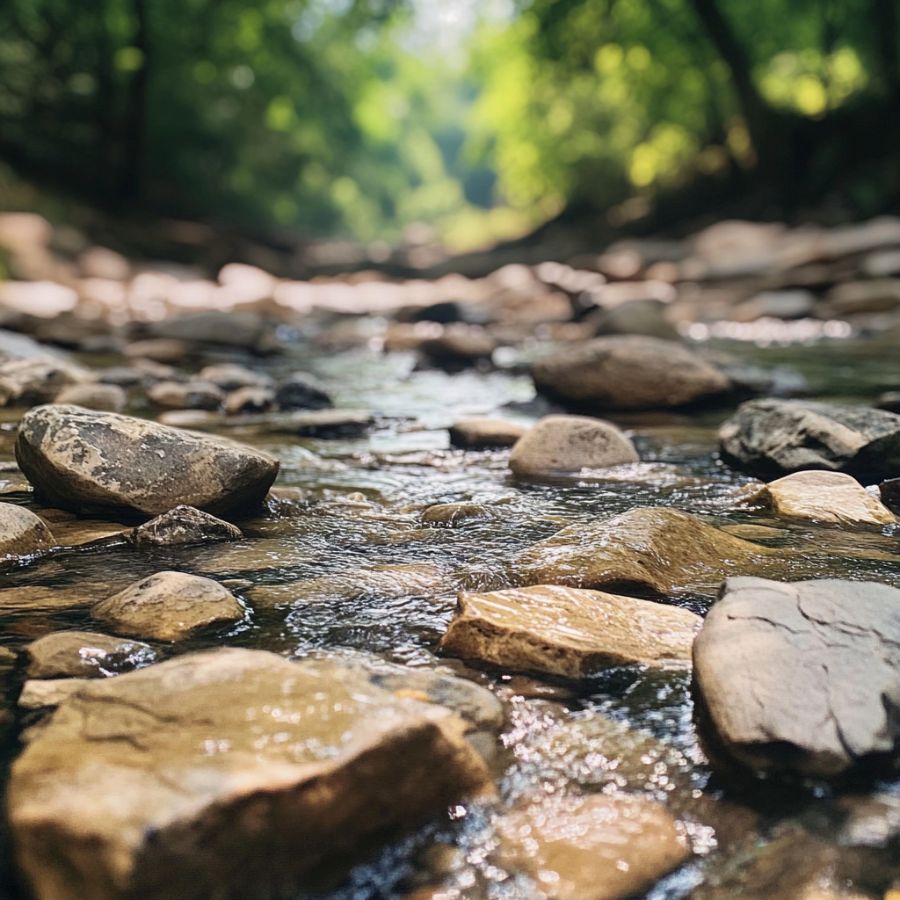
Rivers are another excellent spot. Over time, water carries diamonds downstream. Look for gravel beds in rivers. These spots can hold diamonds that have been washed away from their original location.
Pay attention to bends in the river. These areas often collect heavier materials, including diamonds.
Check Old Mining Sites
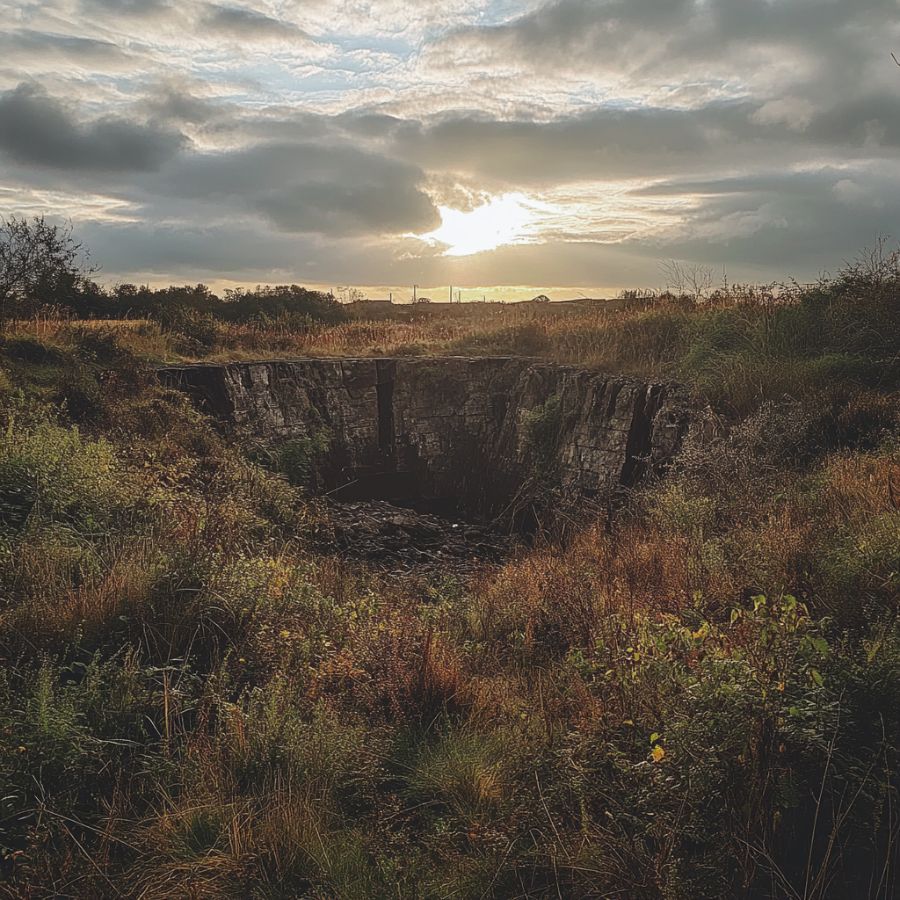
Old mining sites are worth exploring. Many diamonds were left behind during past mining activities.
Look for areas where mining was done in the past. Even if the site is no longer active, it can still be a good place to find hidden gems.
Investigate Hillsides
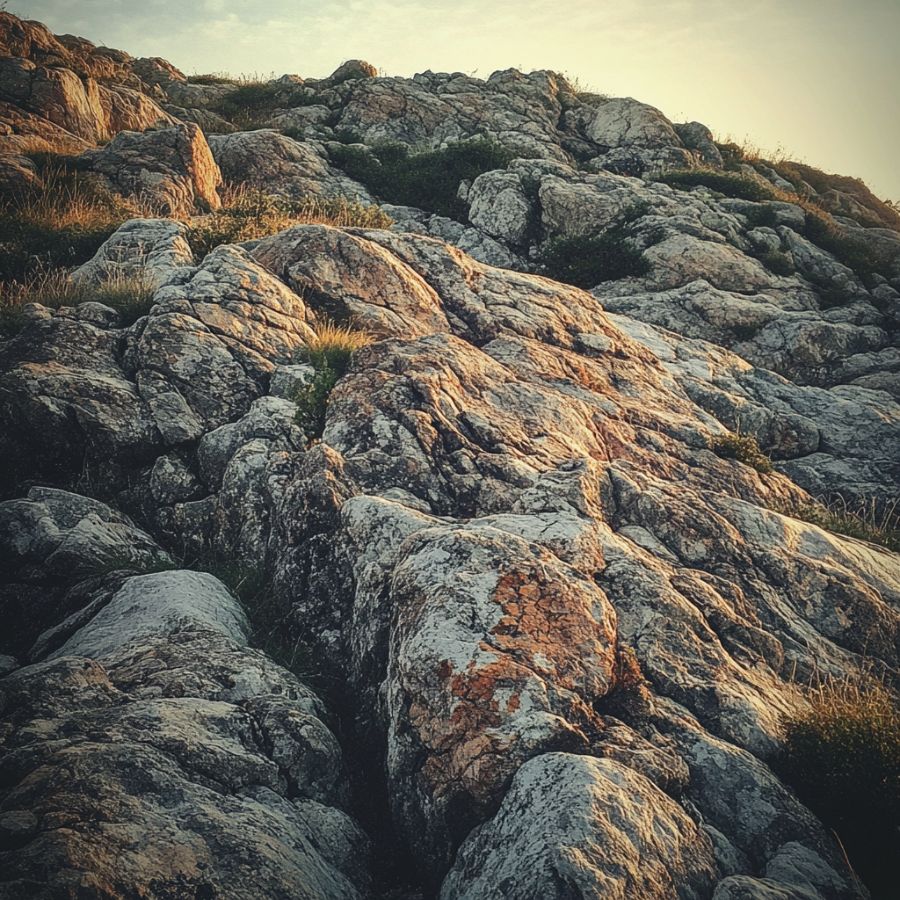
Hillsides can also be promising. Erosion can expose diamond-bearing rocks. Look for loose soil or rock on slopes.
These areas may reveal diamonds that have been pushed to the surface over time.
Some Great Places To Start
Here are some of the better places to start looking for Diamond in Washington:
Always Confirm Access and Collection Rules!
Before heading out to any of the locations on our list you need to confirm access requirements and collection rules for both public and private locations directly with the location. We haven’t personally verified every location and the access requirements and collection rules often change without notice.
Many of the locations we mention will not allow collecting but are still great places for those who love to find beautiful rocks and minerals in the wild without keeping them. We also can’t guarantee you will find anything in these locations since they are constantly changing.
Always get updated information directly from the source ahead of time to ensure responsible rockhounding. If you want even more current options it’s always a good idea to contact local rock and mineral clubs and groups
Skamania area
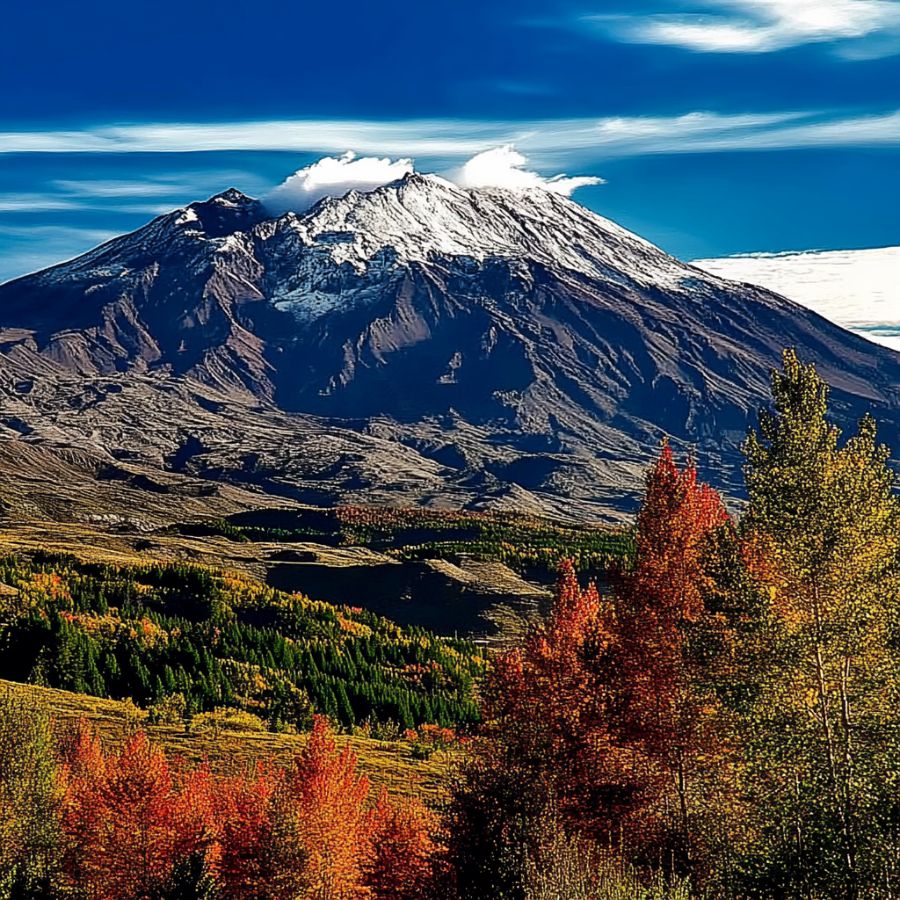
Skamania sits in the southwestern part of Washington state, stretching along the Columbia River. This area has a rich geological history shaped by ancient lava flows and volcanic activity.
While searching for diamonds, focus on the stream beds and gravel deposits near the Columbia River. The river has moved minerals from many different places over time.
The county is also known for other valuable minerals like copper, gold, and silver. Many rockhounds visit the old mining areas where these minerals have been found.
The best times to search are after heavy rains when water might wash new materials into the streams and expose hidden deposits.
Hansen Creek
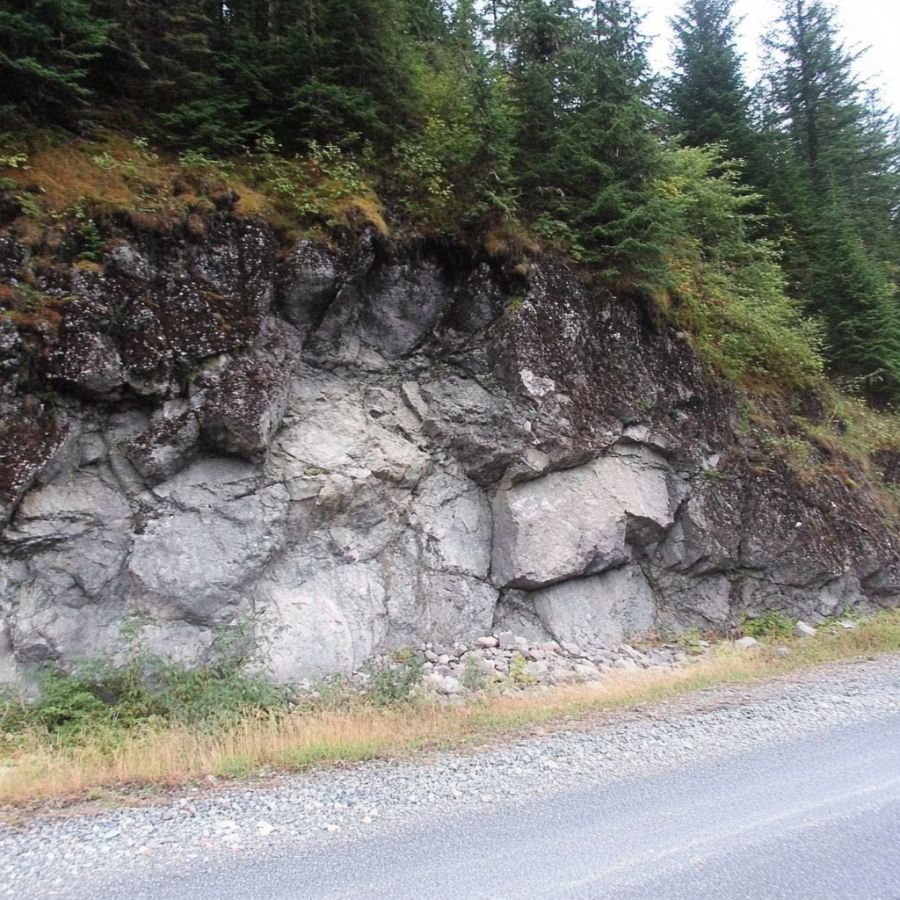
Hansen Creek is located in the Mt. Baker-Snoqualmie National Forest in King County, Washington. The creek flows near Humpback Mountain, which is part of the grand Cascade Range.
The best spots to look for diamonds are along the Hansen Creek Crystal Area and the Humpback Mountain Slump Zone. You can find many types of minerals here, like clear quartz crystals, purple amethyst, and shiny pyrite.
Bring good digging tools and look carefully in areas where water has washed away soil to find the best specimens.
Horse Heaven Hills
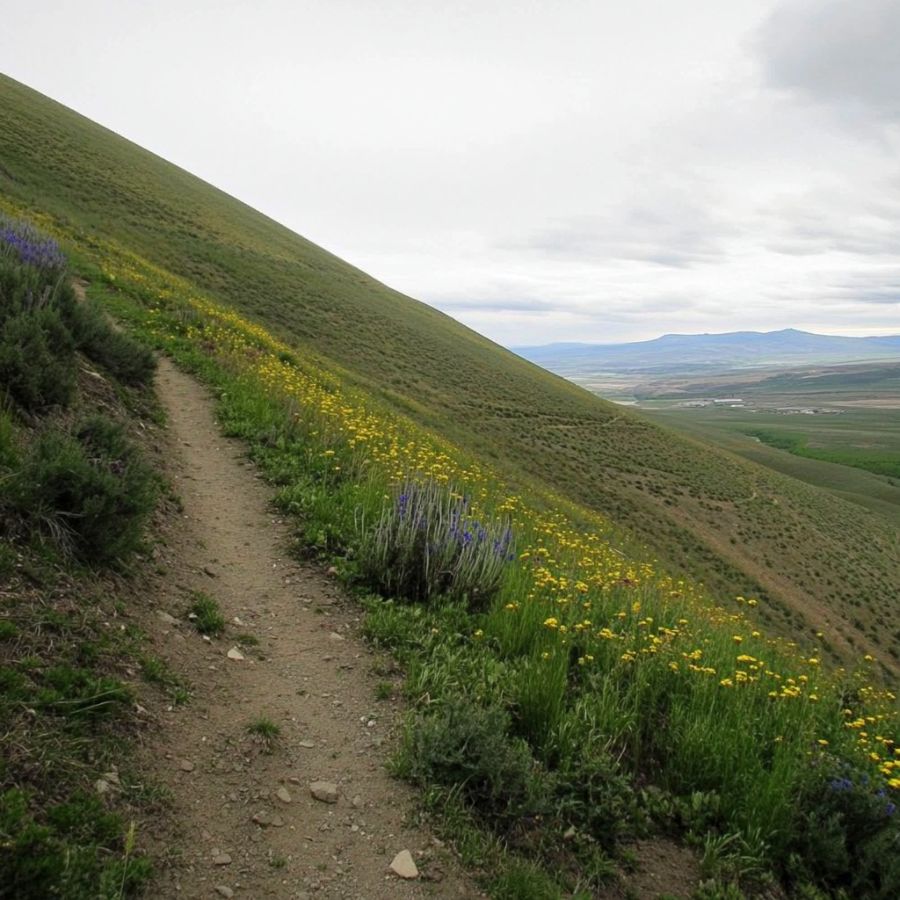
Horse Heaven Hills spreads across Benton County in south-central Washington. These rolling hills stand between the Columbia River and Yakima Valley. The area is warm and dry because it sits in the rain shadow of the Cascade Mountains.
What makes this place special for rock collectors is its mix of different rocks. During the ice age, huge floods carried rocks from far away and dropped them here. These rocks are different from the local basalt and can be found scattered across the hills.
Good spots to search are around Bickleton Ridge and the north-facing slopes. The best places to look are where rain and wind have worn away the ground, exposing fresh rock layers.
Saddle Mountain
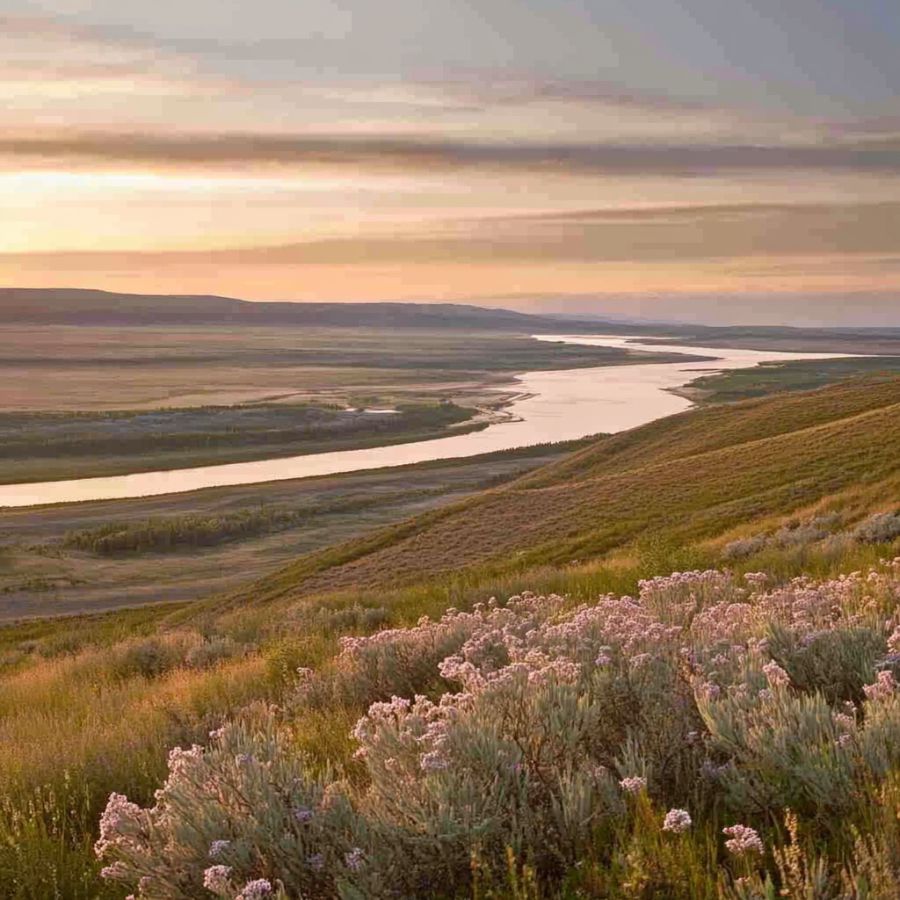
Saddle Mountain stands tall in Grant County, central Washington, reaching heights of 2,700 feet. This mountain ridge stretches from Ellensburg to Othello and ends near the Drumheller Channels.
The best spots to search for diamonds are along the ridgeline, around Sentinel Gap, and in the Corfu Slide area. While looking for diamonds, you might also find beautiful agates and geodes.
The area has several marked trails that lead to good rockhounding spots. Spring and fall are the best times to visit, when the weather is mild and recent rains might have exposed new specimens.
Places Diamond has been found by county
After discussing our top picks, we wanted to discuss the other places on our list. Below is a list of the additional locations where we have succeeded, along with a breakdown of each place by county.
| County | Location |
| Skagit | Walker Valley |
| Pierce | Greenwater |
| King | Denny Mountain |
| King | Money Creek |
| Snohomish | Granite Falls |
| Snohomish | Sultan |
| Snohomish | Monte Cristo |
| Kittitas | Red Top Mountain |
| Chelan | First Creek |
| Clallam | La Push Beach |
| Clallam | Crescent Beach |
| Clallam | Ozette River |
| Clallam | Sol Duc River |
| Skagit | Hamilton |
| Snohomish | Darrington |
| Snohomish | Gold Bar |
| King | Issaquah |
| Okanogan | Pasayten Wilderness |
| Benton | Rattlesnake Mountain |
| Benton | Cairn Hope Peak |
| Ferry | Stone Rose Fossil Site |
| Ferry | Republic |
| Skagit | Mount Higgins |
| Thurston | Rock Candy Mountain |
| Lewis | Doty Hills |
| King | Green Ridge |
| Whatcom | Racehorse Creek |


